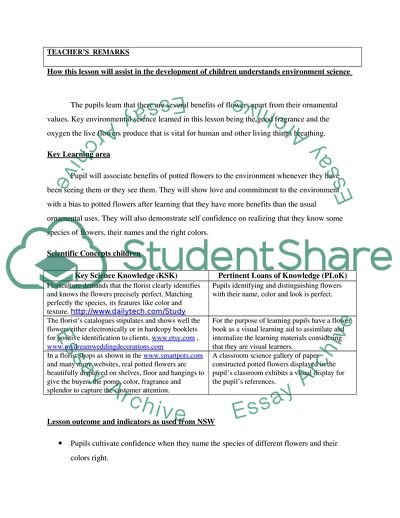Cite this document
(Planning Three Sequential Lessons for Energy Conservation Environmental Education Assignment Example | Topics and Well Written Essays - 2000 words, n.d.)
Planning Three Sequential Lessons for Energy Conservation Environmental Education Assignment Example | Topics and Well Written Essays - 2000 words. https://studentshare.org/education/1769758-planning-three-sequential-lessons-for-energy-conservation-environmental-education-in-a-year-2-4-class
Planning Three Sequential Lessons for Energy Conservation Environmental Education Assignment Example | Topics and Well Written Essays - 2000 words. https://studentshare.org/education/1769758-planning-three-sequential-lessons-for-energy-conservation-environmental-education-in-a-year-2-4-class
(Planning Three Sequential Lessons for Energy Conservation Environmental Education Assignment Example | Topics and Well Written Essays - 2000 Words)
Planning Three Sequential Lessons for Energy Conservation Environmental Education Assignment Example | Topics and Well Written Essays - 2000 Words. https://studentshare.org/education/1769758-planning-three-sequential-lessons-for-energy-conservation-environmental-education-in-a-year-2-4-class.
Planning Three Sequential Lessons for Energy Conservation Environmental Education Assignment Example | Topics and Well Written Essays - 2000 Words. https://studentshare.org/education/1769758-planning-three-sequential-lessons-for-energy-conservation-environmental-education-in-a-year-2-4-class.
“Planning Three Sequential Lessons for Energy Conservation Environmental Education Assignment Example | Topics and Well Written Essays - 2000 Words”. https://studentshare.org/education/1769758-planning-three-sequential-lessons-for-energy-conservation-environmental-education-in-a-year-2-4-class.


